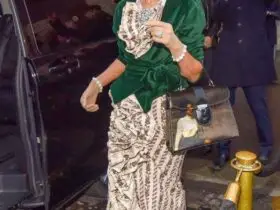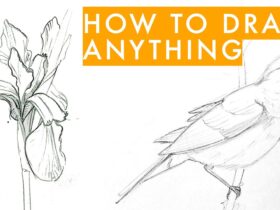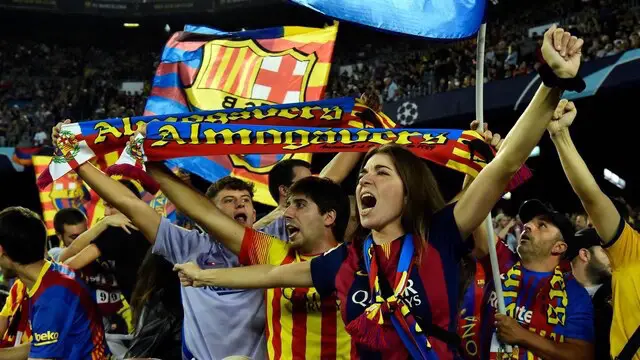Barcelona fans proudly declare themselves ‘’Culés’ but where did the name come from? AS USA gets to the bottom of it.
For decades, Barcelona fans have been known as Culés – in a similar way that Real Madrid supporters consider themselves Vikingos.
They are nicknames that both sets of supporters are proud to be associated with, terms that have been used freely among fans for years and are not in any way considered derogatory.
The origins of both words have been widely discussed – even beyond Spain, and occasionally with different theories to how they came about.
Ahead of El Clásico, we look at why Barça fans are called Culés and where and when the nickname started.
The origin of the name Culés is relatively clear and has been well documented. It dates back to the club’s early days when the team began playing at their first permanent home.
Barça was founded in November 1899 and spent their first season playing at the Velódromo de la Bonanova – on a pitch which they rented and shared with neighbours, FC Catalán, a club which was founded the previous month. From there, Barcelona moved to another temporary home, a makeshift pitch was set up on land adjacent to and owned by the plush Hotel Casanovas in Horta Guinardó.
Players from both teams would used the hotel to change in and out of their kits. By this time, the club was gaining in popularity with several thousand spectators turning up to watch home games. But Barça still did not have a fixed home and were on the move again after just one season when the landowners, the Casanova family decided to sell the plot of land which included the pitch the team played on. The last game took place on 18 November 1900 and the land was sold just a couple of months later.
First, the club moved to a ground by the Carretera de la Horta, then to another by Calle Muntaner.
In March 1909, the club finally settled, after buying land on Calle de la Indústria (renamed Calle de París in 1922).
However, the Camp del Carrer Industria, known locally as La Escopidora was not big enough to accommodate all of Barça’s rapidly growing fanbase.
It had a capacity of 6,000 – but hundreds more were turning up for home games. Determined not to miss out on an afternoon of football, those that couldn’t get into the ground sat on the concrete wall which ran around the pitch perimeter.
Rear view
On matchdays, all that could be seen on Calle de la Indústria was a row of bottoms – the backsides of those following the action perched on the wall.
The Spanish word for bottom is Culo, and the Catalan equivalent is Cul.
So the Barça fans who would watch games perched on the wall of La Escopidora soon became known as Culers in Catalan, or Culés in Castillian Spanish very loosely translated into English as The Bottomers, or Bleacher Bums…




























































